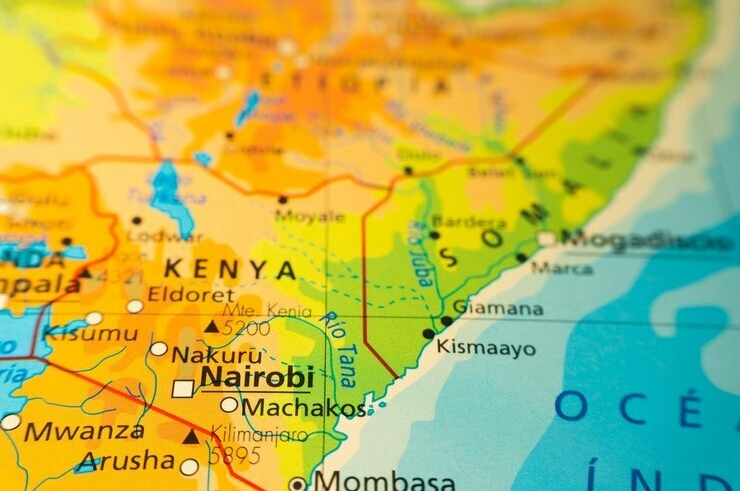
The Country Spotlight for the fifth issue of our Debt Newsletter for Public Debt Managers in Africa on "Taking advantage of improved sovereign credit rating outlook to prudently manage government debt", is Kenya.
Kenya delivered the budget policy statement for the fiscal year 2022/23 with a theme, ‘Accelerating Economic Recovery for Improved Livelihoods’. Simply stated, the government will implement economic policies and undertake structural reforms geared towards improving the welfare of Kenyans. Following the easing of COVID-19 restrictions, reopening of the economy as well as targeted stimulus intervention by government, the economy registered strong recovery of 9.9% in the third quarter of 2021. Overall, the economy is estimated to have expanded by 7.6% in 2021, a much stronger level from the contraction of 0.3% in 2020.
While noting the risks emanating from the domestic and external front to the growth outlook for 2022/23 projected to stabilise at 6.0% – supported by agriculture; industry; and services sectors, the government will continue to safeguard macroeconomic stability. Amongst a number of key considerations, the budget will:
- Enhance the role of the private sector in the economy, including financing infrastructure projects through the Public Private Partnership;
- Promote and strengthen local and foreign resource mobilisation efforts to sustain funding of the identified development projects and programmes.
Through implementing socio-economic policies and structural reforms, Kenya has graduated from a low-income to a lower middle income. At a macroeconomic level, the economy has grown by 155% from the value of Ksh 5.3 trillion in 2013 to Ksh 13.5 trillion in 2022. With regard to infrastructure, the government has constructed 10,500 km of tarmacked roads spread across the 47 counties facilitating the efficient movement of people and goods thereby rapidly stimulating economic activities. With regard to State Corporations Reforms, the government has undertaken a comprehensive assessment of vulnerabilities of State Owned Enterprises and to enhance their operational and financial efficiency as follows:
- A Blue Print on Governance Reforms will be implemented, which will enforce and separate roles and responsibilities among institutions that exercise oversight;
- Implementation of the Government Investment Management Information System (GIMS) to capture among others, all loans advanced to the enterprises will be fast-tracked;
- Extend the coverage of financial evaluation to other State Owned Enterprises to be able to anticipate, quantify, monitor, manage and mitigate fiscal risks from State Corporations.
To deepen capital markets, the Government is undertaking a review of the legal and regulatory frameworks to address emerging issues in the capital market space. Further, government is installing a new Central Securities Depository System at the Central Bank of Kenya to support planned reforms in the secondary market trading of government bond.
In terms of the fiscal framework, one of the objectives of the economic recovery programme is to reduce debt vulnerabilities by pursuing a revenue-driven fiscal consolidation. In strengthening public debt management, Kenya has implemented reforms to strengthen debt transparency and accountability. The depth of coverage and disclosures on debt information has been enhanced in line with best practices. Kenya’s debt carrying capacity is rated moderate and the overall public debt is sustainable. Measures to lower the cost and risk in the public debt portfolio have been implemented. These measures include:
- Cancellation of some non-disbursing external loans;
- Re-arrangement of the syndicated external loans;
- Increasing the issuance of Treasury bonds to lengthen the maturity structure, while improving debt sustainability indicators;
- Preferred debt financing of highly concessional loans offered at below market interest rates with long repayment periods;
- Recourse to commercial borrowing will be maintained at minimum levels.
Finally, the budget policy statement notes that the current legal numerical public debt ceiling has constrained public funding of projects while at the same time failing to consider the effects of external shocks on the economy. In this regard, the government proposes to replace the debt ceiling with a debt anchor and set it at 55% debt to GDP in present value terms. Further, a requirement was provided for the Cabinet Secretary National Treasury to report to Parliament whenever the debt levels swing beyond the threshold with time-bound remedial actions.